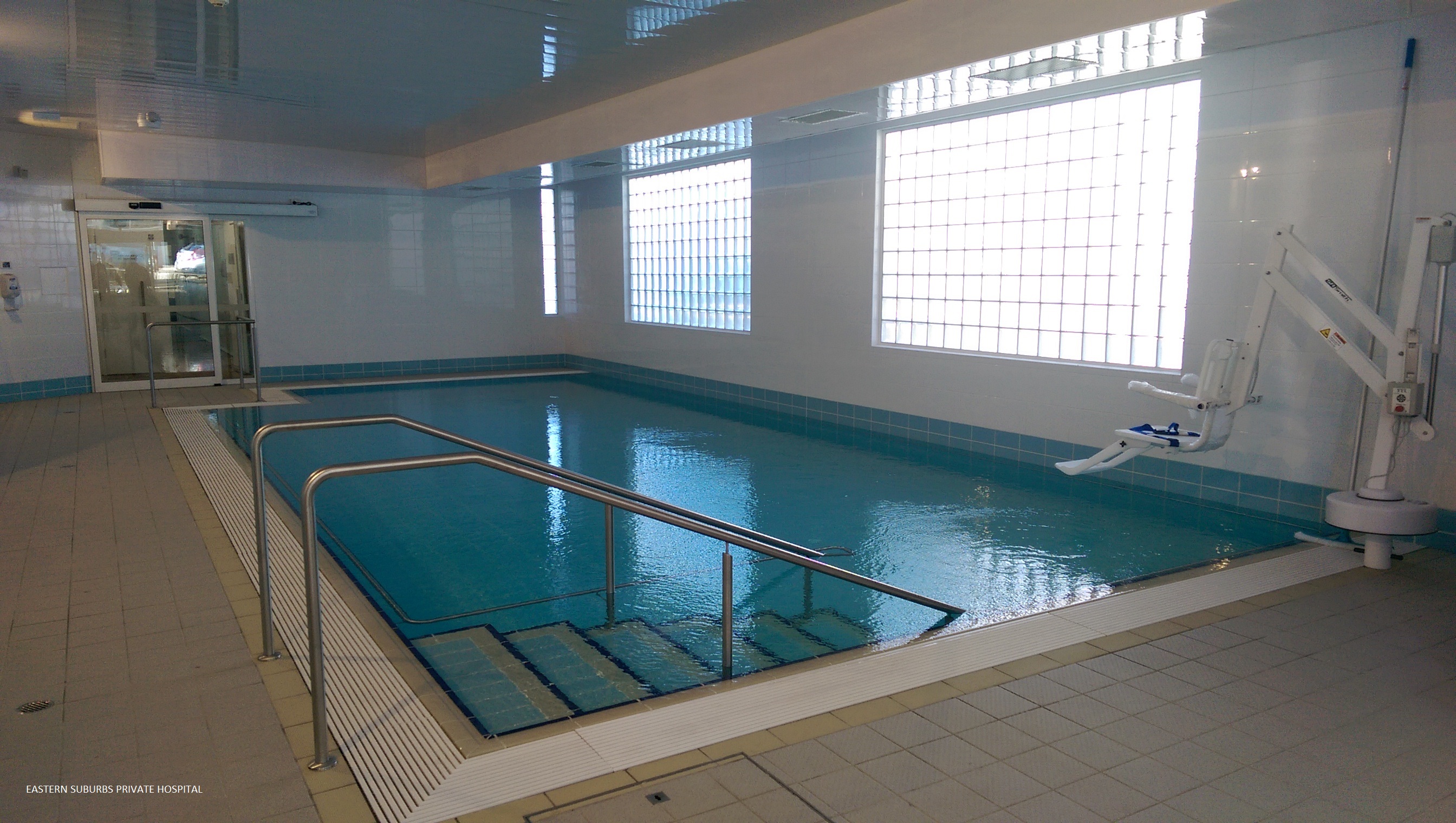
11 Aug Benefits of Hydrotherapy Systems
What are hydrotherapy systems used for?
The practice of hydrotherapy has been around in some form since 4500BC. The Romans were the first to adopt this practice with their famous Roman Baths being part of their everyday lives. Today, hydrotherapy is widely used as part of therapy and in some cultures is even considered a way to cure disease.
In this article, we’re sticking to why your institution might need a hydrotherapy system for medicinal purposes and what the benefits of hydrotherapy systems are.
Aquatic therapy
This type of therapy is often administered by a physiotherapist for recovery from injury. They will often require their patients to assume various physical positions based on the results they wish to achieve.
Contrast baths
A proven method to reduce pain, inflammation and swelling, contrast bath therapy involves patients using hot and cold baths interchangeably.
Hydro-massage
For this type of therapy, jets are used as a massage mechanism to ease pain and provide relaxation.
Kneipp System
This hydrotherapy method involves using varying water temperatures along with herbal and mineral baths. It is commonly used in spiritual practice.
Benefits of hydrotherapy?
Hydrotherapy is useful for the following types of treatments:
- Pain management
- Rehabilitation i.e. pre- and post-joint replacement surgery
- Treating arthritis
- Improving joint range of motion and muscle flexibility
- Strength conditioning through resistance training
- Weight loss
- Relaxation
How does hydrotherapy work?
Hydrotherapy is a unique treatment method as it treatment can be administered through both assistive an resistive forces thanks to the principles of water. They are as follows:
Buoyancy: a body immersed in a liquid experiences an upward force equal to the weight of the displaced liquid. This explains why patient’s body’s feel lighter in water as opposed to on land.
Hydrostatic Pressure: This refers to the increase in pressure as depth increases as well. This occurs as the density of water increases at greater depths.
Viscosity: This refers to the resistance to movement in water. The higher the water speed then the higher the resistance to movement.

